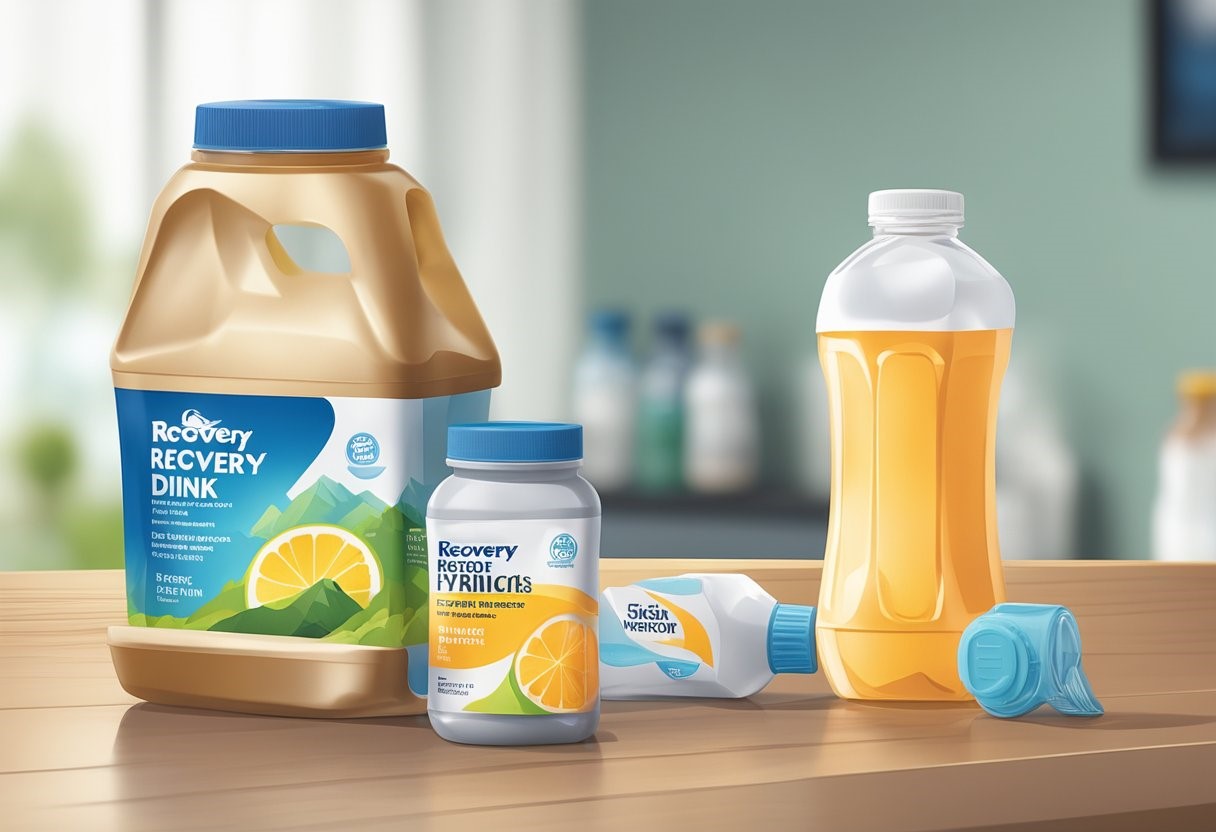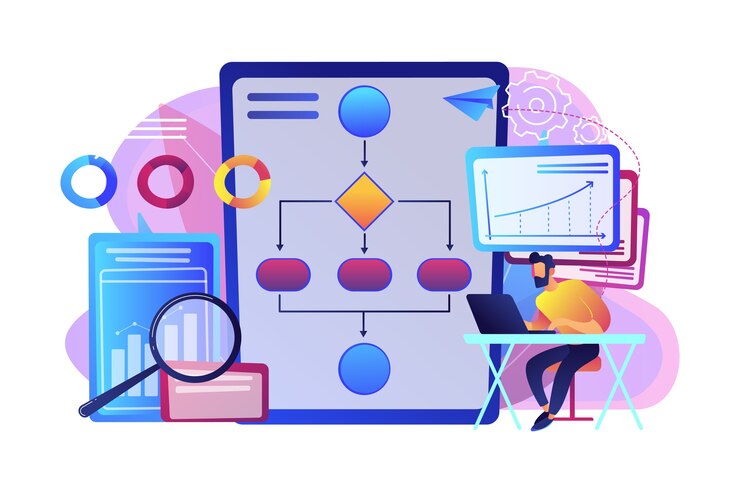The Secret to SEO Success: Harnessing the Benefits of Internal Linking
Websites are like a giant puzzle, with each piece connected. Internal linking is one of the most important pieces of this puzzle, and it’s vital for creating a seamless online experience for your readers. Internal linking is the process of linking your web pages within your website. It’s an effective way to optimize your website and keep your readers engaged.
Think of it this way: if you don’t have internal links, you’re missing out on a great opportunity to make your website more navigable and boost your SEO. Internal links are your website’s lifeblood, helping you build a better user experience, increase page views and build authority.
However, most website owners don’t realize the full potential of internal linking, and they’re not taking full advantage of its benefits.
Internal linking is key if you’re ready to take your website to the next level. Keep reading to find out how internal linking can benefit your website and how you can take full advantage of its power.
1. Spread Link Juice
Internal linking is the practice of linking to other pages on your website. When you link to internal pages, it helps spread the link equity on your site. To make the most of this benefit, you must understand how link juice spreads to your most important landing pages through internal links.
Internal linking helps to spread link juice throughout your website by creating a web of links. When search engine crawlers visit your website and follow the internal links, they can understand the relationships between the pages. This helps them to determine which pages are the most important and relevant to users.
When you link to an internal page from a high-performing page on your website, you pass on some of the link equity from that page to the internal page. This helps boost the ranking of the internal page in search engine results pages.
Internal linking also helps to keep users on your website for longer. When users click on an internal link, it takes them to another page related to the content they were reading on your website. This encourages them to stay on your website for longer, which can improve your bounce rate and time on site metrics.
2. Search Engines Understand Your Website Structure
Website structure refers to how the pages on your website are organized and linked together. A good website structure is easy to navigate, with clear paths for users to follow from one page to another. This includes a clear hierarchy of pages, with important pages linked prominently from the homepage and a logical organization of subpages. Hire an SEO agency or expert SEO konsulent to design a proper website structure.
Internal linking is an essential aspect of search engine optimization (SEO). It involves linking pages within your website to other pages within the same website. This not only helps your website visitors to navigate your website easily, but it also helps search engines to understand your website’s structure.
With proper internal linking, search engines become aware of how internal pages interact with each other and which particular pages are more important than the rest. The website structure enables search crawlers to understand and navigate the website seamlessly.

3. Improves the Ranking of a Web Page on the SERPs
Internal linking is an essential part of search engine optimization (SEO) that often goes unnoticed. Yet, it is one of the most powerful techniques to improve your website’s ranking on the SERPs (Search Engine Results Pages). It is a process of linking one webpage to another within your site. Internal links connect one page on your website to another page on the same site.
Google does not consider “domain authority” as a ranking factor for a website. The concept has been around since 1999, but Google officials have repeatedly reiterated that the company does not use it. Instead, Google uses other factors to determine the ranking of a webpage, including internal linking.
Internal linking refers to linking a webpage to other pages within the same website. The more internal links a particular page has, the higher it will rank on the SERPs. When Google crawls your website, it follows the internal links and analyzes the content of each page. By doing so, Google can better understand the structure and hierarchy of your website.
4. Increases Pageviews
One of the benefits of internal linking is that it increases your page views. When you connect relevant content through dozens of internal links, visitors are more likely to browse through and spend more time on your website. This ultimately helps in improving a website’s conversion rate.
For example, suppose one of your web pages on “SEO Basics” gets 10,000 hits from search engine results pages (SERPs) each month. In that case, you can get thousands of visitors to visit dozens of other related pages on your website by following interlinking strategies. This can lead to a higher session time and more pageviews per visit, indicating a positive user experience (UX).
As we know, Google factors in UX while ranking web pages. So, by improving your website’s UX through internal linking, you can improve your search engine rankings and drive more organic traffic to your website.
5. Enhance Usability With Relevant Anchor Text
Anchor text is the visible, clickable text in a hyperlink. The anchor text must be directed to related and relevant content that might interest your target audience. This helps users navigate your website easily and ensures they find the information they seek.
For instance, if you are elaborating upon a problem and its solution within a content piece, you can redirect the reader to one of your earlier articles that explains a specific issue in more detail with a suitable, keyword-optimized anchor text. This helps the user understand the issue better and adds value to your website by providing additional information.
Using different anchor text on different pages also helps prevent problems of duplication. When search engines crawl your website, they look for unique content. If your website has duplicate content, it can negatively affect your ranking on SERPs. Using different anchor text on different pages ensures that search engines see each page as unique, improving your ranking on SERPs.
6. Internal Linking Helps With Crawling and Indexing
Internal linking is essential to any SEO strategy, as it helps search engine bots crawl and index your website more efficiently. When Google’s bots crawl your website, they follow links from one page to another, where internal linking comes into play.
Internal linking helps search engine bots find pages buried deeper within your website. When bots can easily access many pages, they’re more likely to index your website faster. This is because internal linking architecture makes it easier for bots to find and index pages that might otherwise be overlooked.
Not only does internal linking help with crawling and indexing, but it can also boost the ranking of your internal pages. By linking to relevant pages within your website, you’re providing value to your users and making it easier for them to find the information they need. This leads to increased engagement, longer dwell times and higher rankings. Check Cutting-Edge SEO Techniques.
At Nutshell
Internal linking is a powerful tool website owners can use to enhance user experience and improve search engine rankings. By linking your web pages within your website, you can create a seamless online experience for your readers and increase page views. It’s essential to take full advantage of the benefits of internal linking and make it an integral part of your SEO strategy. So if you’re looking to optimize your website and build authority, start harnessing the power of internal linking today.
 English
English 




























































































































































